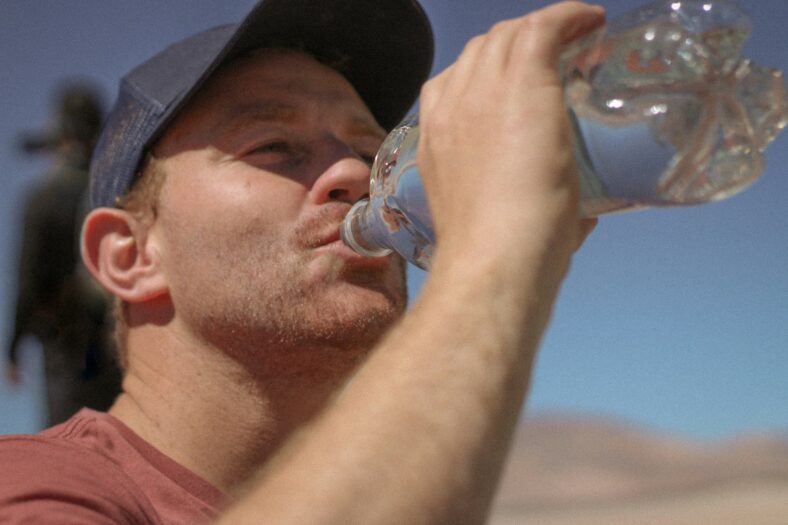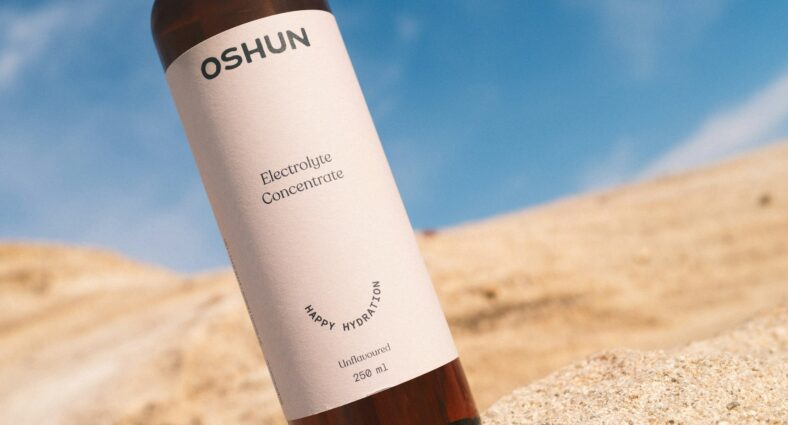5 Key Strategies for Timing Electrolyte Intake to Boost Performance
Rest and proper nutrition aren’t the only ways you can enhance your athletic performance and fight against muscle fatigue. Athletes often look to electrolytes to power through their workout and have a better recovery, but timing electrolyte intake is crucial to getting the most out of it. Keep reading about ways to correctly take electrolytes before, during, and after exercise, and watch your fatigue diminish and your energy grow.
1. Understand Muscle Function Credit: Scott Webb
Credit: Scott Webb
Proper muscle function is necessary for all body movements, especially during strenuous activity. When moving, muscles contract from electrical signals sent from the nervous system, allowing for everyday movements all the way up to explosive actions during workouts or sports. After using muscles for a long time, fatigue can often occur since the energy has been depleted and waste products have accumulated, such as lactic acid. This can impact the nervous system and the muscles, possibly hindering recovery or growth.
2. The Role of Electrolytes Credit: Cindy Koops
Credit: Cindy Koops
Electrolytes can help with muscle fatigue and buildups of lactic acid. Some of them, such as sodium, potassium, magnesium, and calcium, can help regulate hydration, muscle contractions, and nerve signals. This is crucial for activities like endurance sports, as the minerals maintain muscle performance and prevent conditions like glycogen depletion and electrolyte imbalances. Plus, there are many ways to add electrolytes to your workout, making it more accessible to athletes.
3. Timing Matters Credit: Amanda María
Credit: Amanda María
Timing electrolyte intake is important when it comes to enhancing your effectiveness during a sport or workout. You often lose the most electrolytes and water during sweating, and if they are not replaced, it can quickly lead to dehydration and decreased muscle capacity. Below are some strategies for timing electrolyte intake:
 Credit: Jack Atkinson
Credit: Jack Atkinson
There are plenty of electrolyte drinks out there, but which one is best? Similar to timing electrolyte intake, customizing your drink to your workout is also important. For the best hydration, drinks with added sodium and carbohydrates are best. They help retain fluids and provide energy to last through the whole workout. If you have a shorter or lighter workout planned, water may be best. But, for those long, intense workout sessions, look for electrolyte drinks with 50 mmol/L sodium and 2 to 6% carbohydrates.
5. Incorporate Rest and Recovery Strategies Credit: Emma Simpson
Credit: Emma Simpson
While intense workouts will get your body into shape, sometimes a recovery period is essential. Recovery doesn’t just mean hydrating and replenishing electrolytes; it can also help clear lactic acid buildup and enhance your overall recovery. Recovery can include light aerobic activities on your rest day or post-workout. Along with resting, make sure to listen to your body and avoid overexertion, which can lead to injury or other issues.
Final Thoughts Credit: Ray Shrewsberry
Credit: Ray Shrewsberry
Muscle fatigue and soreness can be alleviated through timing electrolyte intake, planning rest days into your workout, and proper nutrition. By adding these strategies to your existing workout routine, your performance and muscle growth will go to the next level. Your muscles will be able to function efficiently, so make sure to stay consistent by adding electrolytes to your workout. Your body will be very thankful.